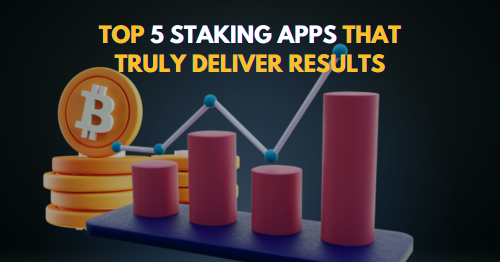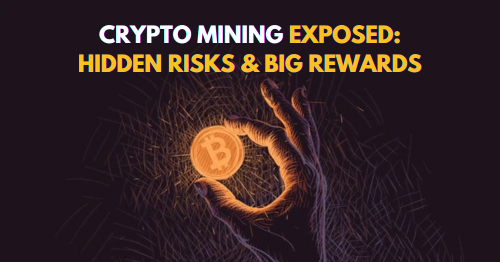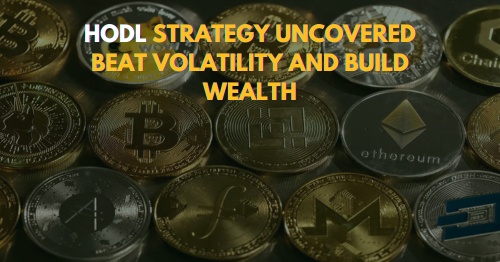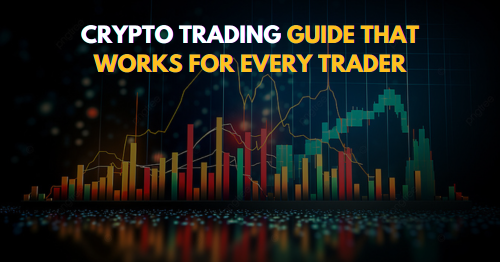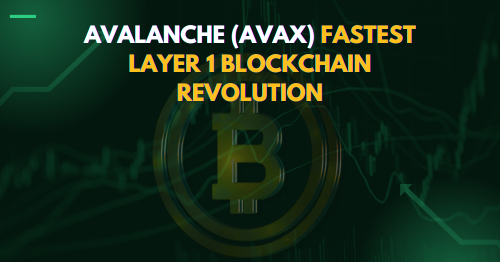
Avalanche (AVAX) Fastest Layer 1 Blockchain Revolution
Avalanche (AVAX) Fastest Layer 1 Blockchain Revolution Discover its DeFi power, market trends, and how it’s reshaping the future of decentralized finance.
What is “Avalanche (AVAX)”?
Avalanche (AVAX) is a next-generation, open-source Layer 1 blockchain engineered for speed, scalability, and efficiency, empowering developers to build advanced decentralized applications (DApps) and innovative DeFi ecosystems. Known for its low latency and high throughput, Avalanche offers sub-second transaction finality and can process over 4,500 transactions per second.
Unlike many other Layer 1 blockchains, (AVAX) enables developers to create and deploy customized blockchains (called subnets), all while remaining interoperable with the broader Avalanche ecosystem. This flexibility makes Avalanche one of the most scalable and developer-friendly platforms in the market.
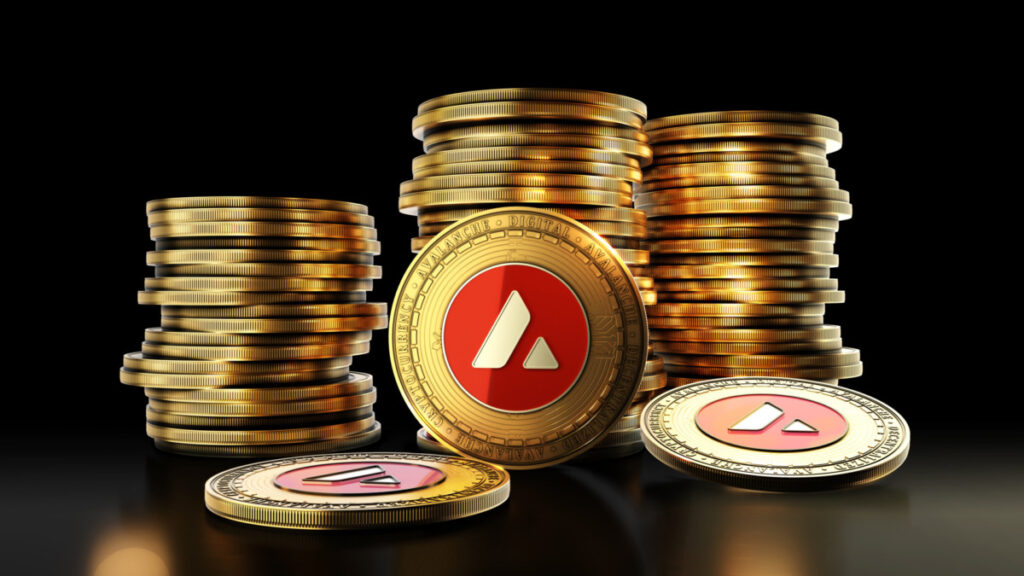
Owner and Establishment Year
Launched in September 2020, it was developed by Ava Labs, a blockchain technology firm founded by renowned computer scientist and former Cornell professor Emin Gün Sirer. Ava Labs’ mission was to build a blockchain network that addressed Ethereum’s limitations in speed, scalability, and transaction costs.
The team behind Avalanche (AVAX) includes experts in distributed systems, cryptography, and finance. Ava Labs secured over $42 million during its token sale and has since gained support from major investors including Andreessen Horowitz and Polychain Capital.
History and Development
The concept for Avalanche (AVAX) was first introduced in a 2018 whitepaper by a pseudonymous group named “Team Rocket.” Emin Gün Sirer and the team at Ava Labs took inspiration from this idea and spent years developing a consensus protocol that could offer both scalability and decentralization.
The testnet for AVAX was launched in early 2020, followed by the mainnet in September 2020. Since its inception, AVAX has rapidly evolved, integrating with Ethereum tools, forming high-profile partnerships (e.g., with Chainlink and Deloitte), and expanding its use in DeFi, NFTs, and enterprise solutions.
AVAX Bridge was introduced to allow seamless token transfer between Avalanche and Ethereum, further increasing adoption.
Key Features and Underlying Technology
1. Avalanche Consensus Protocol
This is the core innovation. Unlike traditional Proof-of-Work (PoW) or Proof-of-Stake (PoS) systems, AVA employs a unique consensus model that uses repeated sub-sampling and probabilistic finality. This ensures high throughput and low latency while preserving decentralization.
2. Subnets
Avalanche allows the creation of custom blockchains via “subnets.” Each subnet can host its own virtual machine and has independent governance. This makes AVAX adaptable for enterprises, gaming platforms, and regulated environments.
3. Ethereum Compatibility
The C-Chain in AVAX runs the Ethereum Virtual Machine (EVM), which allows developers to deploy Ethereum-compatible smart contracts with faster execution and lower gas fees.
4. Scalability Without Sharding
AVAX does not rely on sharding. Its architecture allows for thousands of validators while maintaining low latency, which significantly enhances the platform’s performance and decentralization.
5. Eco-Friendly Infrastructure
Compared to energy-intensive blockchains like Bitcoin, AVAX is far more energy-efficient, aligning with the industry’s push for sustainability.
Use Cases and Adoption
Avalanche (AVAX) is widely adopted across various verticals:
- DeFi: Home to platforms like Benqi, Avalanche supports lending, borrowing, and AMM protocols.
- NFTs and Gaming: Projects like Crabada and Kalao are utilizing Avalanche’s high-speed infrastructure for NFT minting and GameFi.
- Enterprise Solutions: In 2021, Deloitte partnered with Ava Labs to develop blockchain-based disaster recovery tools for governments.
- Tokenization: Avalanche supports tokenized securities and real-world asset projects via its flexible subnet architecture.
This wide range of use cases demonstrates the robustness and adaptability of “AVAX”.
Price Trends and Market Insights
Since its launch, Avalanche (AVAX) has seen significant market interest. After launching at under $5, the coin surged past $140 in November 2021 during a major bull run. Although it faced a decline during the 2022–2023 crypto winter, it has maintained its position among the top 20 cryptocurrencies by market capitalization.
Investors are particularly attracted to Avalanche’s rapid growth in the DeFi space and its compatibility with Ethereum. The platform continues to attract new projects and liquidity.
For updated market price and performance, you can check CoinMarketCap’s (AVAX).
How to Buy and Store “Avalanche (AVAX)”
Where to Buy
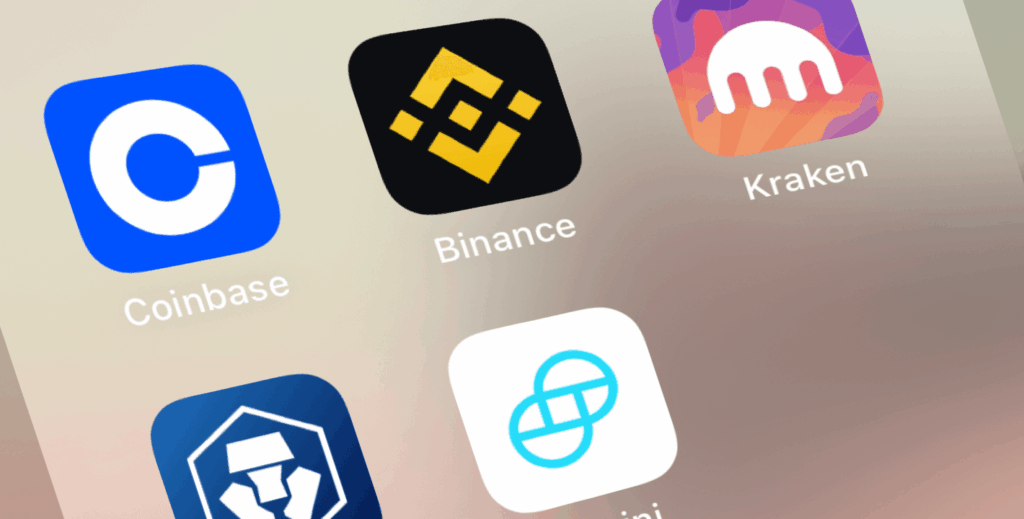
You can purchase (AVAX) from most top-tier exchanges, including:
- Binance
- Coinbase
- Kraken
- KuCoin
Trading pairs often include USDT, BTC, ETH, and fiat options like USD or EUR.
How to Store
To store your (AVAX) securely:
- Avalanche Wallet (official non-custodial wallet)
- Ledger or Trezor (hardware wallets for cold storage)
- MetaMask (after configuring the Avalanche network)
Security tip: Always enable two-factor authentication (2FA) and back up your seed phrase offline.
Future Outlook and Predictions
The future of (AVAX) looks promising, with multiple developments in progress:
1. Subnet Expansion
More enterprises and developers are leveraging subnets to build scalable, customized blockchain ecosystems. This could result in an explosion of Avalanche-based applications across DeFi, gaming, and fintech. Avalanche’s permissioned subnets are especially appealing for institutions navigating regulatory frameworks.
2. Cross-Chain Interoperability
With Avalanche Bridge and future integrations, asset movement between Avalanche and other chains like Ethereum and Bitcoin is becoming seamless. This interoperability will increase liquidity and adoption across multiple ecosystems.
3. DeFi and Institutional Growth
As institutions look for eco-friendly, high-performance blockchains, (AVAX) is well-positioned for long-term adoption. In addition to retail users, hedge funds and fintech firms are beginning to recognize Avalanche as a practical alternative to Ethereum for smart contracts and token issuance.
4. Developer Ecosystem
With increasing developer grants, hackathons, and toolkits, Avalanche is building a loyal community of builders that will drive future growth. Ava Labs also continues to develop educational resources to onboard new developers, making Avalanche an ideal launchpad for the next generation of decentralized applications (DApps).
Final Thoughts
(AVAX) is more than just a Layer 1 blockchain; it’s a next-generation ecosystem that enables ultra-fast, scalable, and decentralized applications. From DeFi and NFTs to enterprise-grade solutions, Avalanche is proving to be one of the most advanced and sustainable networks in the cryptocurrency space.
For researchers, developers, and investors alike, (AVAX) offers a powerful blend of innovation, usability, and real-world impact.
How does AVAX differ from other Layer 1 blockchains?
AVXN stands out due to its unique consensus protocol that enables sub-second finality and high throughput. Unlike other Layer 1 networks that may rely on sharding or compromise on decentralization, it offers scalability without sacrificing security or performance. It also supports the deployment of customizable subnets, giving developers greater flexibility.
Can decentralized applications run faster on AVAX?
Yes. The platform’s architecture is optimized for speed and efficiency, allowing DApps to execute transactions in under a second with minimal fees. This makes it particularly attractive for high-frequency trading, gaming, and other performance-sensitive applications.
What are subnets and why are they important?
Subnets are custom, application-specific blockchains that operate within the AVAX ecosystem. Each subnet can have its own rules, validators, and virtual machine, making it ideal for enterprise use cases, regulated industries, or projects requiring unique configurations.
I work as a content writer in the blockchain and cryptocurrency domain. I have a keen interest in exploring the world of digital assets, Web3, and emerging crypto technologies. My goal is to provide readers with easy-to-understand, engaging, and trustworthy insights, helping them stay informed and confident in the rapidly evolving world of crypto and blockchain.


